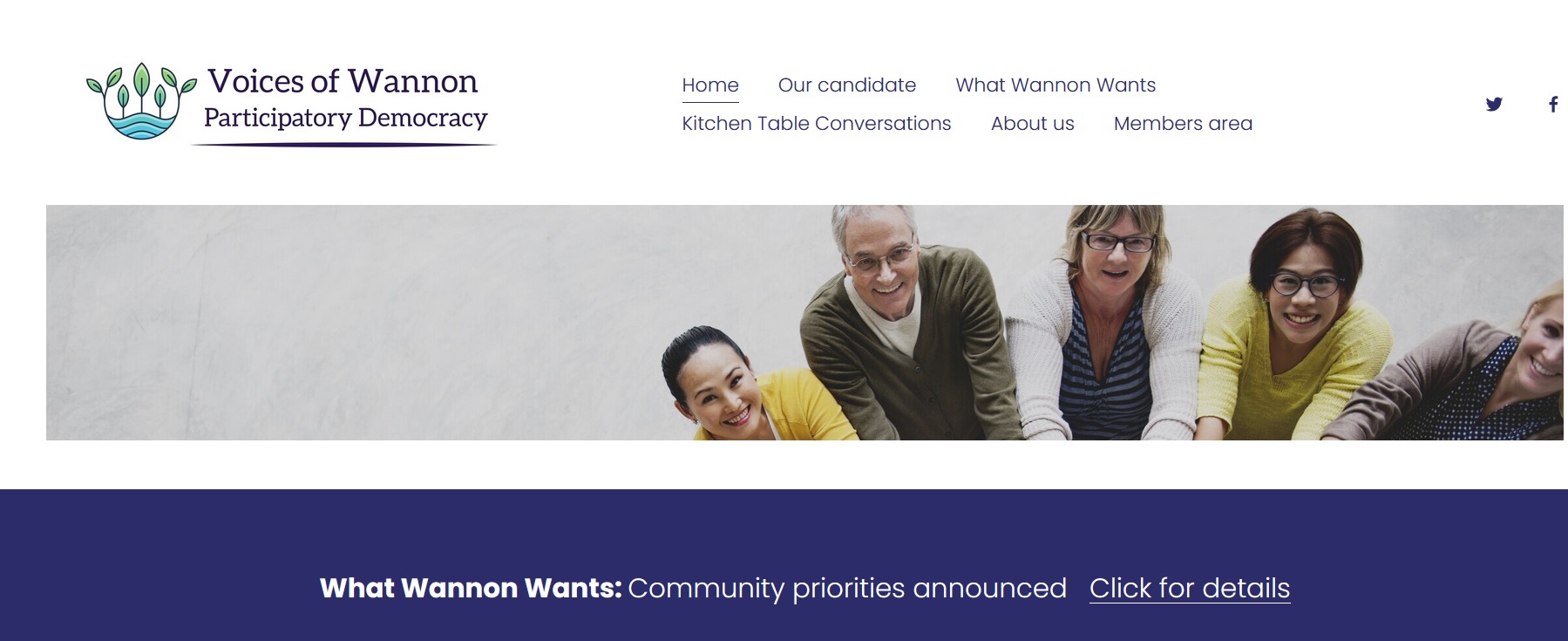
When a federal election approaches, the PANDORA web archive at the National Library prepares for a massive collection. State Library Victoria, along with the other PANDORA partners, responds with focused web searches to find online publications to the election. In the weeks after the poll, thousands of websites, videos, Twitter feeds and more are gathered under a large overall collection which is made available in perpetuity through Trove. Each election we collect this way has its own issues and characteristics. 2022’s campaign made history.
It started early. Election campaigns are called for around a month before the polling date and online election material will generally begin appearing a few weeks before that. The May 21st date of this year was declared in April. The first Victorian site we selected for the election coverage appeared in December 2021. Following this, we looked around for independents campaigning in the game changing manner of the seat of Indi which was on its second independent member in a row.
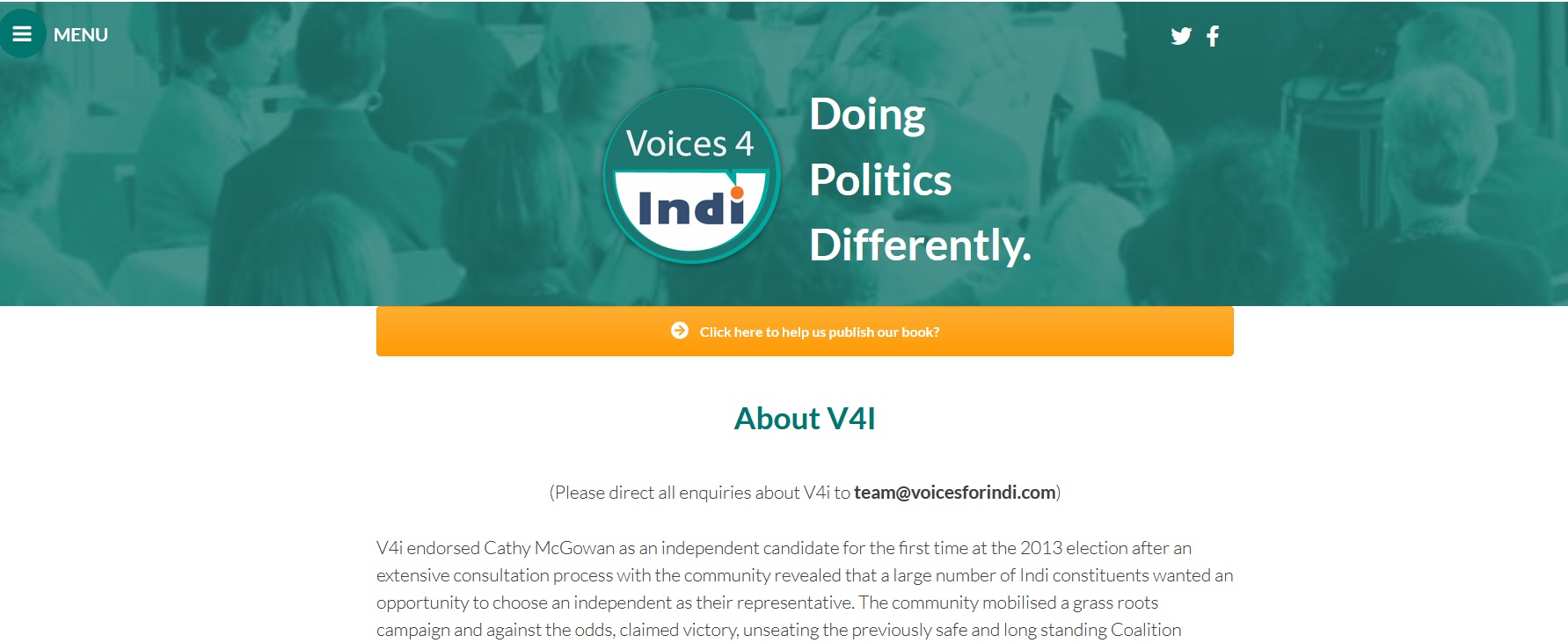
This had started as Voices for Indi (now Voices for Indi or V4I). We collected the local organisation’s website in 2013 in time for the federal election. From that time similar organisations have appeared, and whether they call themselves voice or voices of, for or 4, the appellation “voice” had come to mean a community group formed to choose independent candidates, typically for the lower house. Joining Indi we found “voices” movements in the electorates of Casey, Chisholm, Cooper, Flinders, Frankston, Goldstein, Kooyong, Mallee, Monash, Mornington, Nicholls, Wannon in Victoria alone.
Many of these sites included an ongoing account of the process and the results by which the electorate had a new endorsed local independent candidate and served as an information hub for the campaign. It was local news and national news and gave the sense to the people who visited the site that they had taken part in history, one step further than filling their ballots on polling day. A look through these pages will show how individualised the local movements were, though they adopted the same naming conventions, and that they are likely to be operating for elections to come.
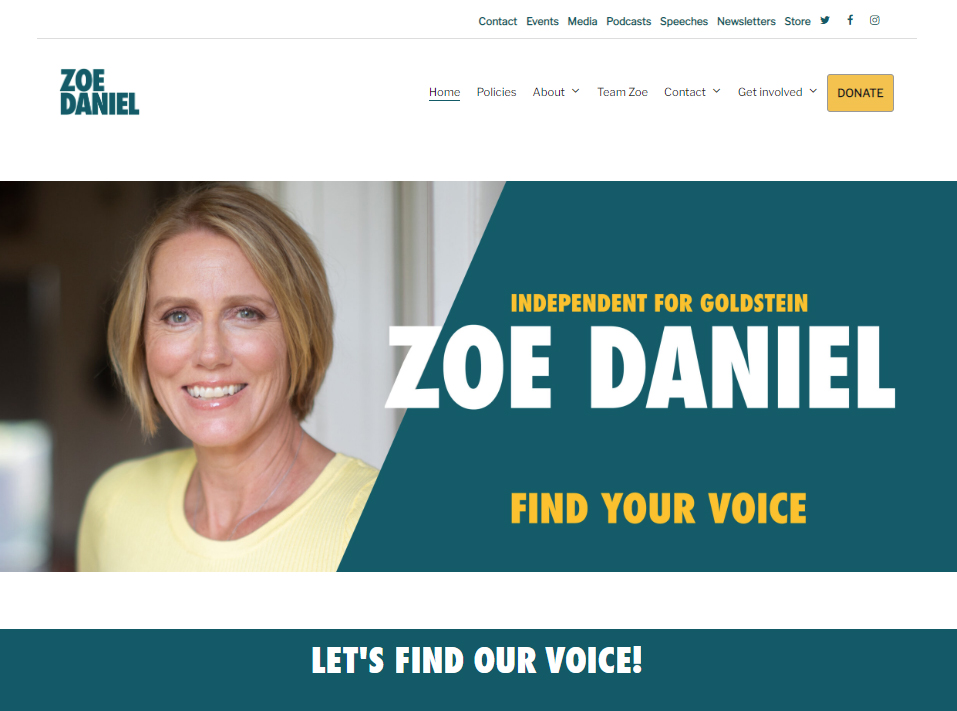
Hand in hand with these movements (sometimes rising from them) were the candidates that came to be known as the Teals, independent candidates who, though not affiliated to each other, presented less a political movement than a mood for particular change that gave their mix of conservative blue and environmental green a quasi branding.
And then there were the more conventional independents. Neither selected by community organisations nor strategically placed against sitting government figures, these candidates presented their own platforms on websites or other media in straightforward, easily read design. This arises from a need to stand out in a field dominated by established party organisations or groups like “voices”. I only say conventional because this approach is more what the electorate is used to. With a touch of added creativity there were at least two senate candidates this election who made clever use of their own names on their sites, public appearances and online media.
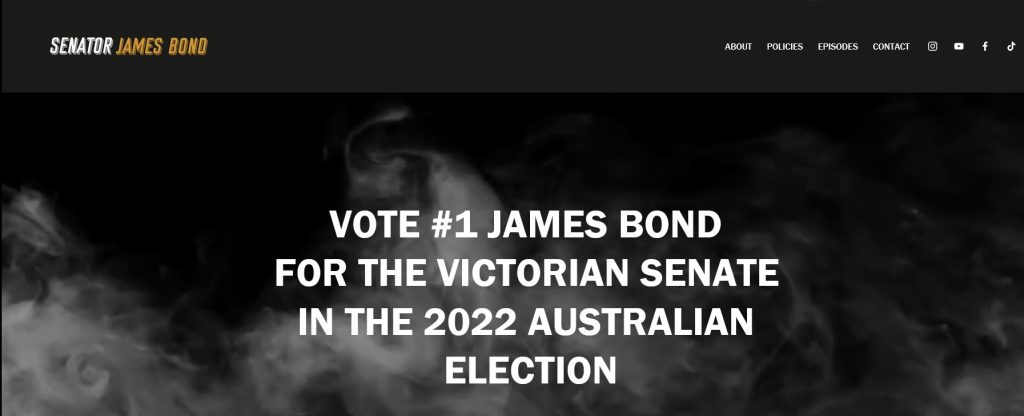
Whether backed by their community, forging their own paths or cultivating public profiles through a media finding them newsworthy, the independents in the 2022 election have changed the place of independent candidacy in Australia’s electoral culture. Whether a passing phase or key to the future of politics, their efforts have made history.
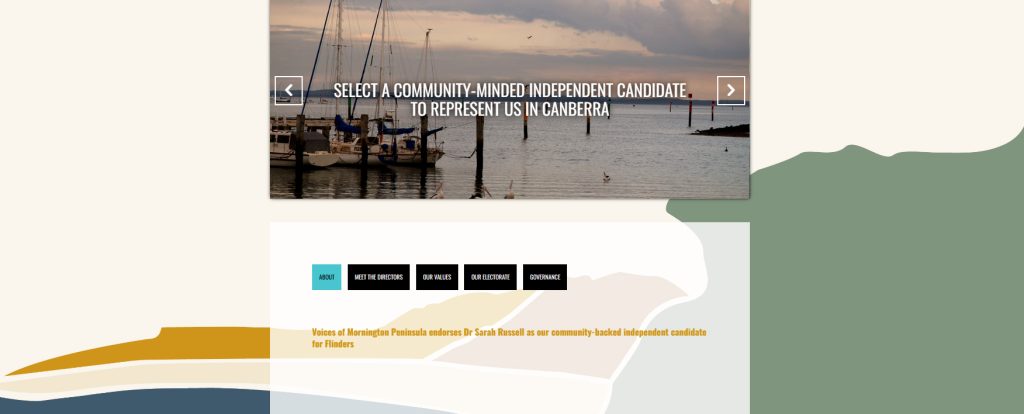
The 2022 Australian Federal Election online collection is available on Trove here

